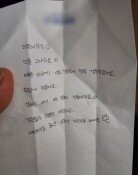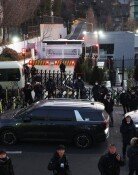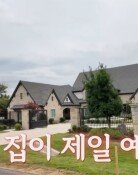For Farming and Fishing Village Students, the Doors to SNU Have Widened, But
For Farming and Fishing Village Students, the Doors to SNU Have Widened, But
Posted September. 12, 2005 07:02,
With Seoul National University (SNU) adopting the regional balance selection system in its 2005 entrance exams, it has been reported that regional disproportion of its new students has lessened.
New students from Seoul area high schools numbered 1,283, or 37.2 percent of SNUs 3,452 new students. Gangnam-gu had the most students followed by Jongno, Gwangjin, Seocho, Gangseo, Songpa, Gangdong, Nowon, Yangcheon, and Seodaemun.
Uri Party lawmaker Chung Bong-ju, who obtained a copy of The Regional Distribution of SNU New Students During the Past Five Years from the Ministry of Education and Human Resources Development, disclosed these facts on September 11.
Regional Disproportion has Lessened a Little
During the 2005 SNU entrance exams, 26 out of 234 cities, districts, and counties did not have a single student enter SNU. Six were in Jeonnam, five in Chungnam, four respectively for Gangwon and Gyeongnam, three for Chungbuk, two for Gyeongbuk, and one for Gyeonggi and Jeonbuk, each respectively.
Considering that from 2001 to 2004, an average of 44 areas did not have a single student enter SNU, the regional concentration has decreased greatly. The reason for this has been attributed to the effects of the regional balance selection system, which SNU started using in 2005.
SNU plans to raise the regional balance selection system, which currently amounts to 20 percent of the total new freshmen, to 33 percent starting in the year 2008.
Nevertheless, 124 areas, or 61 percent of the total cities, districts, and counties had less than 10 students entering SNU in 2005, showing that regional disproportion is still persistent.
Furthermore, there were nine areas that failed to place a student at SNU over the past three years. These places are Gangwon Jeongseon-gun, Chungbuk Jincheon-gun, Chungnam Seocheon-gun, Gurye, Muan, Yeongam, Jindo, Hampyeong from Jeonnam, and Hadong-gun of Gyeongnam.
Lawmaker Chung said, More consideration is necessary for these neglected farming areas since they cannot escape a structurally poor situation.
Number of Seoul Students Depends on Whereabouts of Special Purpose High Schools
Out of the 25 districts in Seoul, Gangnam-gu sent the most students to SNU in 2005, with a total of 221.
However, Seocho-gu, which is also in the Gangnam vicinity, was fourth behind Jongno and Gwangjin. This is seen as due to the location of special purpose high schools such as foreign language high schools, science high schools, and arts high schools.
Seoul Science High School and Seoul Arts High School are located in Jongno, which sent 161 students to SNU, while Gwangjin-gu, where Daewon Foreign Language High School and Sunhwa Arts High School are, had 133 students admitted to SNU.
Although there were only 114 students admitted to SNU from Seocho-gu, considering that it only has 10 regular high schools in comparison to Gangnams 17 it sent a considerable number of students to SNU. Gangseo-gu, where Myeongdeok Foreign Language High School is, had 86 students, and placed fifth. Without special purpose high schools, Nowon (63) and Yangcheon (61) also sent considerable numbers of students.
In contrast, students from Seongdong, Mapo, Guro, Jungnang, Dongdaemun, Dongjak, and Geumcheon did not make up one percent, or 15 of the total number of Seoul students accepted to SNU.
During 2001 to 2004, there were five to six districts in Seoul that failed to reach one percent out of the Seoul students accepted to SNU. In other words, inside Seoul, regional disproportion has increased.
In-Jik Cho cij1999@donga.com







